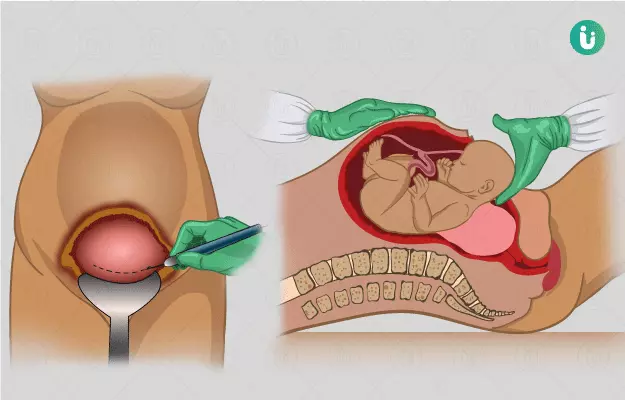Summary
Pregnancy is a physiological process in which a baby grows in the mother's womb over a period of 9 months. C-section or caesarean section is the surgical way of delivering the baby out of the mother's womb. Normally, the baby comes out through the birth canal, which is known as vaginal delivery but due to certain complications during pregnancy, C-section is required. You should take good care of yourself and your baby and take extra precautions after the C-section. Follow the instructions given by your doctor as the time after the surgery is very crucial. There can be complications, such as bleeding, pain, fever, discharge from the vagina and so on, during and after the surgery, which can be taken care of if timely consultation with your doctor is done.









































